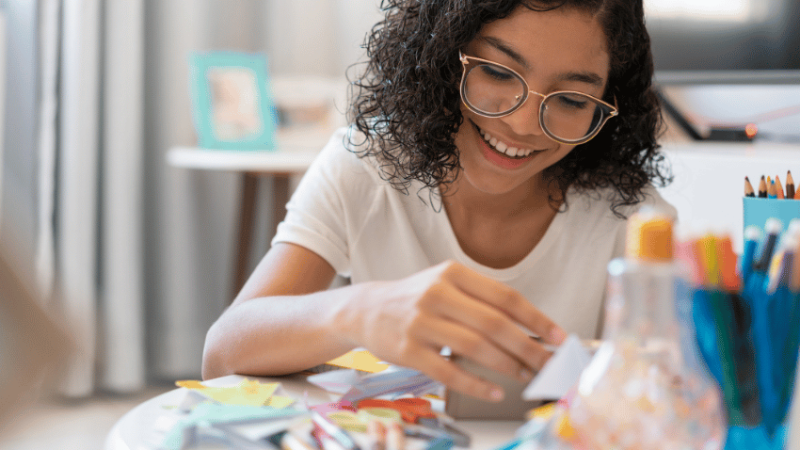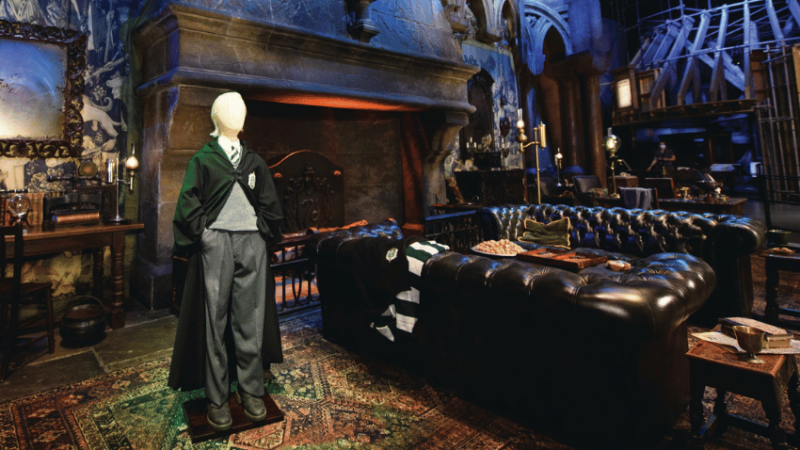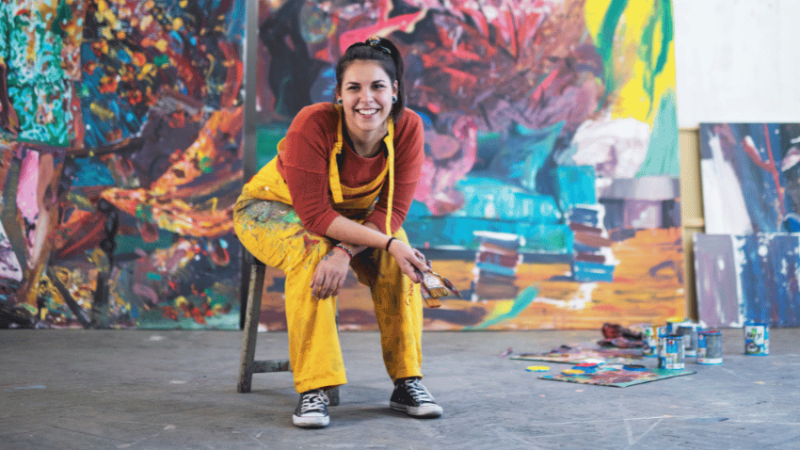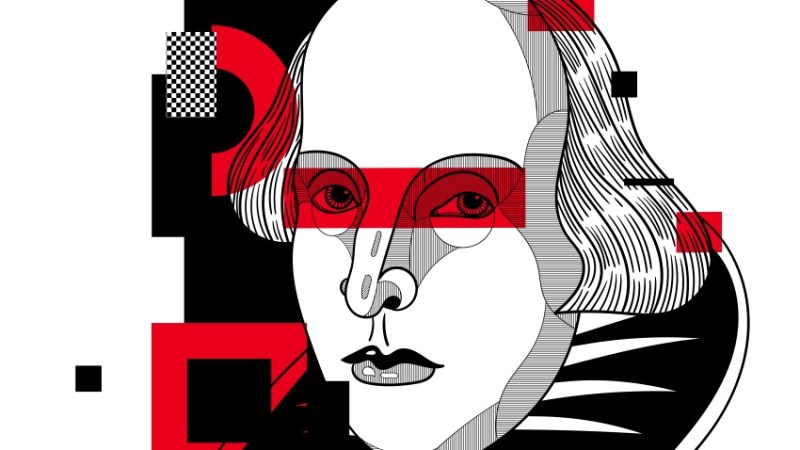Andria Zafirakou on arts education – “Someone tells them, ‘You shouldn’t be doing this – there’s no money in it.’ That’s mad.”
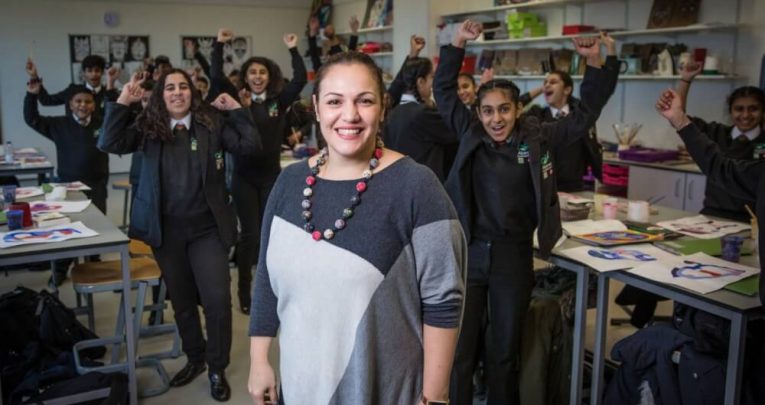
Art teacher and Global Teacher Prize recipient Andria Zafirakou MBE reflects on the future of her subject in the face of shifting education priorities and student pressures…
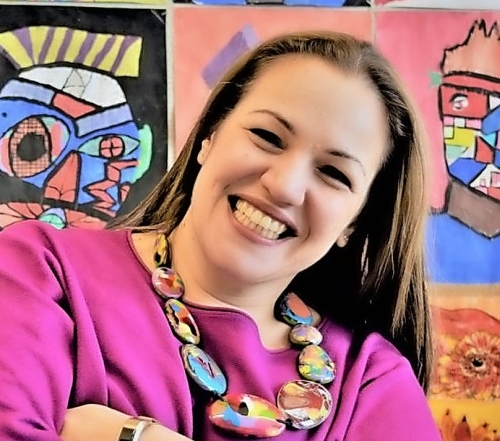
- by Andria Zafirakou MBE
- Art and textiles teacher & Global Teacher Prize winner Visit website
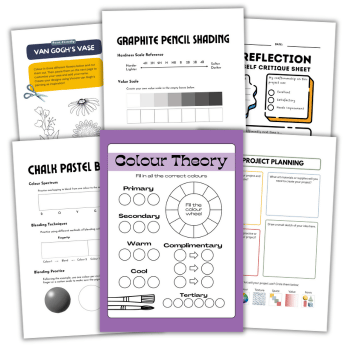
When I first started teaching at Alperton Community School, I was an excited NQT fresh out of university. But when I saw the art room for the first time, I was horrified at how neglected the facilities were.
I remember thinking at the time how strange that seemed. In my own experience, the school art room had always been this space that was endlessly inspiring and simulating.
When I was offered the job, I asked if I could come in early and start getting the room ready. Straight away, the head replied with, ‘What do you need?’ The entirety of that summer holiday period was therefore spent with a friend of mine, clearing out 20-year- old clay and assorted art materials.
My arrival at the school in 2005 coincided with a point where the arts weren’t seen as important. They were liked, insofar as there were GCSE and A Level groups, but certainly not prioritised as a subject. Arts courses were for those kids who wouldn’t or couldn’t do anything else.
That said, what I inherited at the school was actually a blessing. Challenging though it was, the headteacher was serious when she told me that I could have whatever I needed to transform the school’s arts facilities. With just a little TLC applied to the room, the addition of a couple of plants, pinning up students’ work and generally making the room look as beautiful as possible, we were on the way towards establishing a really great learning environment.
I soon found out, though, that it’s not enough to just create a successful place for art in your school. Developing students’ talent and interest in the subject in a long-term, sustainable way calls for much more than that.
A ‘fluffy’ subject
My parents always knew that art was in my blood and that I was creative, yet when I came to choose my GCSE options and wanted to do art, they said no. Because what jobs were there in the arts? They saw it as this fluffy, ‘not real’ subject with little value that wouldn’t get you anywhere. Unfortunately, that same mentality still affects many of the young people at my school.
There’s a view commonly held among many local migrant families that the arts aren’t valuable, because there’s little income attached to them. Better instead to become a doctor, lawyer or medical professional; the arts are for low-paid people.
And yet, just down the road from the school you’ll see all manner of beautiful textiles for sale, produced by an industry and made by people who aren’t highly valued. There’s a horrible stigma at play there that I’m constantly battling to change.
Then there are the pressures presented by the Ebacc that our Schools Minister seems to love so much, and the way schools are increasingly being judged on how many of their students take it (though I’ve yet to see the job application that specifically requires candidates to have done it).
In practice, the Ebacc works to limit the options our young people have. I’m seeing the dreams and ambitions of many students squashed and shut down before their eyes, right at the point that someone tells them ‘You shouldn’t be doing this – there’s no future or money in it. It’s just a hobby.’ That’s mad.
I’ve never understood why, in a world where talented creative directors, filmmakers, architects, software designers and game developers are highly prized and earn high salaries, such figures seem so quiet. The type of work they do – as opposed to the products they produce – is nowhere near as publicly celebrated as it should be.
Multiple pressures
What gives me optimism are those students who are determined study art against all the odds. They include the child with the highest level of SEND, for whom it will be their only GCSE subject.
The students who come to the UK with no English language skills at all, but when allowed into an art room, will show you so much talent, mastery and high-level thinking.
These are intelligent kids, for whom the arts can work as a kind of catalyst – getting them onto a trajectory of making progress more quickly than may have been the case otherwise.
And then there are the kids at risk of permanent exclusion, who consider art to be the only subject, and the art room the only learning environment, in which they feel comfortable and as good as anyone else.
The arts are the most inclusive of subjects. Kids these days face multiple pressures. Many are terrified of failing, and wary of being in a busy school environments where they can often feel intimidated. Arts subjects can give them a better sense of their own identity, which in turn gives them the confidence they’ll need to stay motivated and persevere over the course of their lives.
Going rogue
Winning the Global Teacher Prize in 2018 gave me the opportunity to see how education is practised in many parts of the world. Through this, I met a number of people – including some in really high places – who told me they couldn’t believe how backwards England’s educational ministers and structures seem to be, and how reluctant we are to move forward in our thinking. I think that speaks volumes.
It’s what prompted me to go a bit ‘rogue’ after winning the Prize and do my own thing – reconciling myself to not receiving any government help for my mission to improve arts education. I began seeing it as a solo mission that I just needed to crack on with.
My priorities now include ensuring that we can put role models into classrooms as part of our everyday practice. Teachers should try and speak to their students about textile designers, maybe make some connections and invite one into school to collaborate on some projects – anything that will inspire young people to think beyond the classroom and what their parents might telling them, and more towards their own future.
There needs to be more opportunities for getting the ‘real world’ of art-based work into our classrooms, so that kids can see for themselves that there are people with those kinds of careers who look like them and are from the same community, but have succeeded in trying something different.
Teaching in the dark
Over the past year there have been some nightmarish moments, but also others that have been brilliant. When reflecting on the year just gone, one thing I do know is that as a teacher, there’s no way I’ll ever enjoy working through a computer screen for my students.
During lockdown, I wasn’t able to do the lessons I wanted to, and which I knew were what the students needed. That was frustrating enough, but then came the the guilt that accompanied it – ‘Did they understand that?’ ‘Did they enjoy it?’ ‘Are they going to complete that task?’ ‘Did I do a good lesson?’
I discovered that whatever teachers might have learnt in the preceding 15 years, teaching online in 2021 almost requires you to throw all those lessons away. You’ve got to actively think about every element of what you’re doing, in a very limited of amount of time. You have to be able to quickly navigate your classroom tech, chunk up your lessons, carry out assessment for learning and get used to teaching to blank screens when students don’t have their cameras switched on. It can feel like teaching in the dark.
What kept me going throughout it all were those memories and moments that really shone for me, most often involving the ‘ghosts’ – the quiet ones in class who barely make a sound. Without classroom distractions, and often thanks to supportive home environments, they’ve been able to really thrive and gone on to another level.
Seeing how much their confidence and abilities have grown has been a real eye-opener.
Andria Zafirakou MBE is an art and textiles teacher at Alperton Community School, winner of the 2018 Global Teacher Prize and founder of the charity Artists in Residence; her book, Those Who Can, Teach is available now (£16.99, Bloomsbury). For more information, visit andriazafirakou.com or follow @Andriazaf. Get more advice for helping students with their GCSE art final piece.





